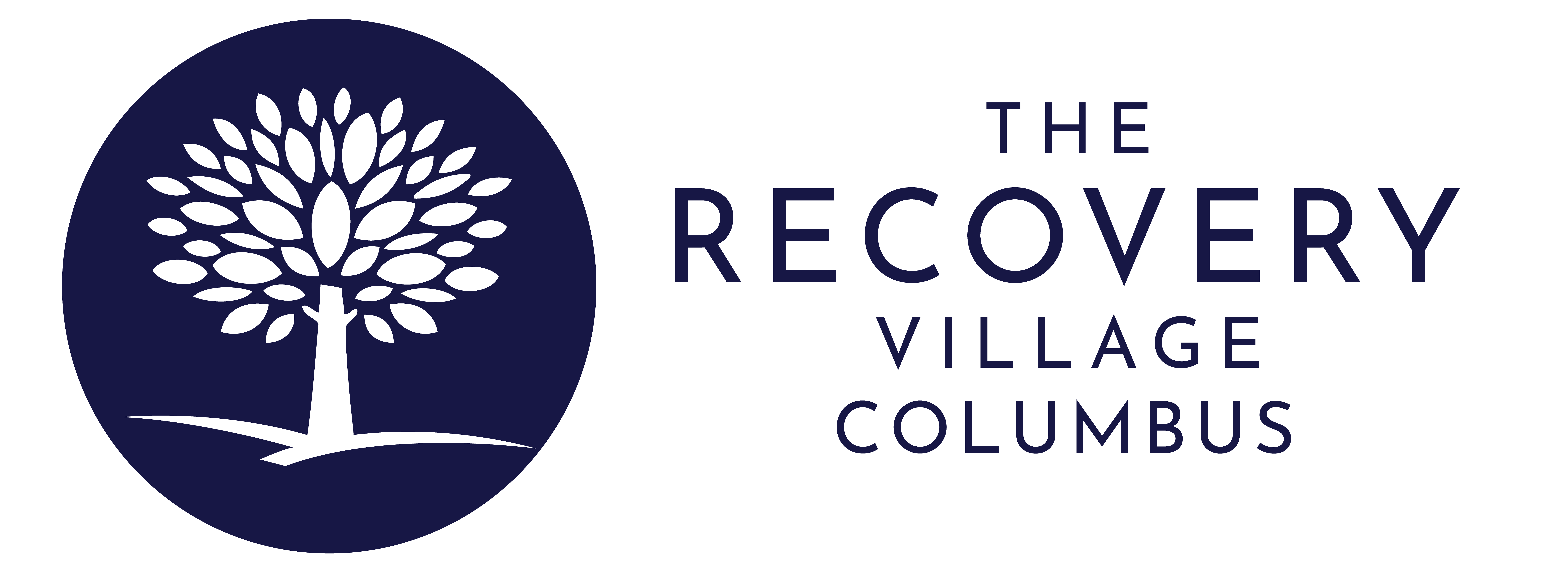In 2023, Which Drug Accounts for the Most Drugged Driving Accidents

By The Recovery Village Columbus
Last Updated: January 17, 2023
Driving under the influence of drugs or alcohol can have catastrophic and deadly consequences. While most people are aware of the dangers of drinking and driving, using recreational drugs while driving carries similar dangers for drivers, passengers and bystanders. In fact, illicit drugs as a whole were involved in more fatal vehicle accidents than alcohol in 2016. While alcohol is still the single drug that accounts for the most accidents, it is closely followed by marijuana and prescription drugs.
The Dangers of Drugged Driving
It’s no secret that driving under the influence (DUI) can be dangerous. There are campaigns dedicated to reminding people to take a taxi or rideshare service after a night at the bar, and countless celebrity mug shots serve as incentives to avoid driving while intoxicated or impaired (DWI). Driving under the influence of any substance can be dangerous, but studies show that drugged driving (whether it be prescription or illicit drugs) can be just as — if not more — dangerous than drunk driving.
According to a report by the Governors Highway Safety Association and the Foundation for Advancing Alcohol Responsibility, drugs were involved in 43% of fatal car crashes in 2015; 37% of fatal crashes involved alcohol. Both prescription and illicit drugs are culprits in drugged driving incidents. It’s important to understand the risks, consequences, and limits of driving while using any kind of substance. By understanding that prescription and illicit drugs are just as serious as alcohol when it comes to driving, we can create a safer environment for everyone on the road.
Drugs Involved in Drugged Driving Accidents
Which drug accounts for the most drugged driving accidents? The top three drugs associated with drugged driving accidents are alcohol, marijuana and prescription opioids. Self-report data from the National Survey on Drug Use and Health (NSDUH) provides a broader outlook on how many people drive under the influence. In 2020, results from tens of thousands of interviews nationwide found that among people 16 years and older:
- 7.2% drove under the influence of alcohol
- 4.5% drove under the influence of marijuana
- 0.9% drove under the influence of cocaine, crack, heroin, hallucinogens, inhalants or methamphetamine
Collectively, over 26 million people in the United States drove under the influence of drugs or alcohol in 2020.
Alcohol
Drinking any amount of alcohol before driving puts you at a much greater risk of having a collision. The effects of alcohol have a substantial impact on your judgment, vision and reaction time. While the legal limit for blood alcohol concentration while driving is 0.08%, even lower blood alcohol concentrations can affect your ability to drive, and you can still be charged with a DUI if you are unable to operate your vehicle safely.
In 2020, alcohol was implicated in 11,654 motor vehicle fatalities. These fatalities make up nearly a third of all vehicular deaths in the United States, with an average of one alcohol-related fatality occurring every 45 minutes.
Marijuana
Marijuana is the most frequently detected illicit substance involved in motor vehicle accidents and fatalities. It has been well-documented that marijuana can seriously impact a person’s ability to drive, and the presence of marijuana in the blood (even if a person isn’t under the influence) has been found to double a person’s risk of being responsible for a deadly crash.
Marijuana affects a person’s ability to drive in three key ways:
- Slowed reaction time and decision-making
- Distorted visual perception
- Impaired hand–eye coordination
Even though marijuana has become legalized as a recreational or medicinal drug in several states, it is still illegal to drive under the influence. Taking the risk of driving intoxicated isn’t worth the consequences.
Cocaine
Cocaine is a powerful stimulant that impairs a person’s ability to make rational decisions. The most significant danger while driving under the influence of cocaine is an increased rate of reckless driving, such as racing or disobeying traffic laws. People who have driven under the influence of cocaine report feeling nervous, paranoid or jumpy, which can lead to dangerous situations on the road.
Amphetamines
Amphetamines are stimulants often associated with aggressive and reckless driving. Further, drivers under the influence of amphetamines often overestimate their driving ability, which can lead them to make poor decisions.
Prescription Opioids
Many people with prescriptions for painkillers, such as codeine, OxyContin, and tramadol, think that since these medications are prescribed by a physician, it’s okay to use them before driving. Yet driving under the influence of prescription opioids has been found to double an individual’s risk of a crash. Side effects of legal drugs that can impair your driving include:
- Drowsiness
- Dizziness
- Impaired thinking and judgment
Any one of these side effects can lead to an accident. Before driving while using prescription drugs, talk to your doctor and fully understand the side effects of your medications. Make sure to tell your doctor about every substance that you use, as a prescription may heighten or disrupt the effects of other medications. Understand your dosage limits and know when to avoid driving. There are always alternatives to driving, including taxis, rideshare services, public transportation and more. Prioritizing your health and safety, as well as the safety of those around you, can save lives as you responsibly use prescription drugs.
Other Combined Drugs
Mixing drugs is of particular danger for drivers. When people take multiple drugs at once, their harmful effects can compound, which may create a significantly higher level of impairment than a single drug alone.
Teen Drugged Driving
Aside from alcohol, the substances most commonly involved in accidents are marijuana and prescription drugs. Both are also more widely used by teenagers and underage drivers than other substances.
In a 2011 survey, 12% of high school seniors admitted to driving after using marijuana within the two weeks prior to being surveyed, while 9% reported driving after using alcohol. A similar study indicated that one in six drivers in college operated a vehicle while under the influence of drugs. Marijuana was the most prevalent substance used, followed by cocaine and prescription drugs.
Drugged driving in teens, college students and underage drivers is particularly alarming because of the mind-altering effects of these substances and because these groups lack extensive driving experience. The Centers for Disease Control and Prevention indicate that teen drivers between the ages of 16 and 19 are almost three times more likely to be involved in a fatal car crash than those over the age of 20. A lack of experience, coupled with a tendency to drive faster and allow shorter distances between vehicles, contributes to teen crash risks.
Young drivers may be less likely than experienced drivers to recognize dangerous situations or potential hazards on the road. They may also be less likely to know their limit when it comes to substances. But although underage drivers are at an increased risk for drug-related traffic accidents, there are efforts across the country to curb the trend of teen drugged driving. Recording Artists Against Drunk Driving (RADD) has partnered with a variety of organizations to launch the “Drugged Driving = Done Driving” campaign in Ohio. This program aims to educate teens on the dangers of drugged driving. With the help of peer-to-peer social media efforts, local and national celebrities, public service announcements and participation from law enforcement and political leaders in the area, teen drugged driving can become a thing of the past in Ohio and beyond.
How to Prevent Drugged Driving
Instead of getting in your car, call a ride-sharing service or find a place to sleep it off. Taking a cold shower, drinking coffee, or eating food are not sufficient actions to reduce the level of drugs in your system.
Legal Consequences of Drugged Driving in Ohio
The consequences of drugged driving in Ohio are severe. Penalties increase based on the number of offenses:
- First Offense: Up to six months in jail, fines up to $1,075 and license suspension for up to three years
- Second Offense: Up to six months in jail, fines up to $1,625 and license suspension for up to seven years
- Third Offense: Up to 12 months in jail, fines up to $2,750 and license suspension for up to 12 years
Consequences may also include house arrest and alcohol monitoring systems.
Find Drug Addiction Treatment in Columbus, OH
Using drugs or alcohol when it is hazardous to do so is one of the key diagnostic criteria for substance use disorders. Reach out to the team at The Recovery Village Columbus to learn more about how we can help you break free from addiction and start your path to recovery today.
Sources
- Chihuri, Stanford, and Guohua Li. “Use of Prescription Opioids and Motor Ve[…]es: A Meta Analysis.” Accident Analysis & Prevention, December 2017. Accessed September 22, 2022.
- Centers for Disease Control & Prevention. “Driving | Health Effects | Marijuana” April 22, 2022. Accessed September 22, 2022.
- Centers for Disease Control & Prevention. “Teen Drivers: Get the Facts | Transporta[…]fety | Injury Center.” October 12, 2021. Accessed September 22, 2022.
- Governor’s Highway Safety Administration. “Marijuana, Opioids Most Common Drugs […]ally-Injured Drivers.” Accessed September 22, 2022.
- Hartman, Rebecca L., and Marilyn A. Huestis. “Cannabis Effects on Driving Skills.” Clinical Chemistry, March 2013. Accessed September 22, 2022.
- IIHS-HLDI Crash Testing and Highway Safety. “Fatality Facts 2020: Teenagers.” Accessed September 22, 2022.
- MacDonald, Scott, et al. “Driving Behavior Under the Influence of Cannabis or Cocaine.” Traffic Injury Prevention, May 2008. Accessed September 22, 2022.
- National Highway Traffic Safety Administration. “Update to Special Reports on Traffic Saf[…]raffic Safety Facts].” June 1, 2021. Accessed September 22, 2022.
- National Institute on Drug Abuse. “Drugged Driving DrugFacts.” December 31, 2019. Accessed on September 23, 2022.
- Penning, Renske, et al. “Drugs of Abuse, Driving and Traffic Safety.” Current Drug Abuse Reviews, March 2010. Accessed September 22, 2022.
- RADD. “Friends Don’t Let Friends Drive Drunk…Do You?” Accessed September 23, 2022.
- Substance Abuse and Mental Health Services Administration. “Section 6 PE Tables – Results from the[…]lth: Detailed Tables.” Accessed September 22, 2022.

Questions?
Our Recovery Advocates are ready to answer your questions about addiction treatment and help you start your recovery.



